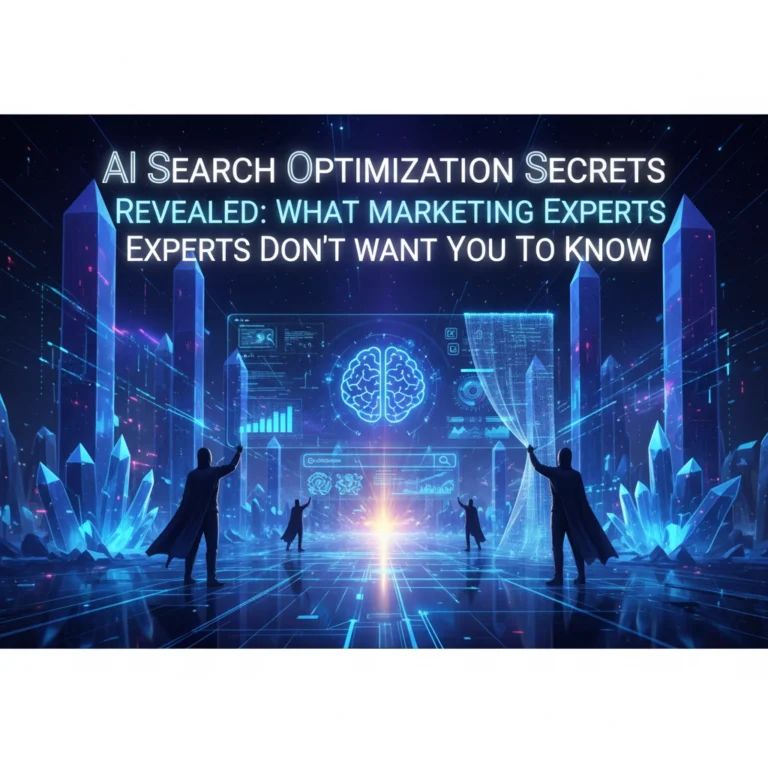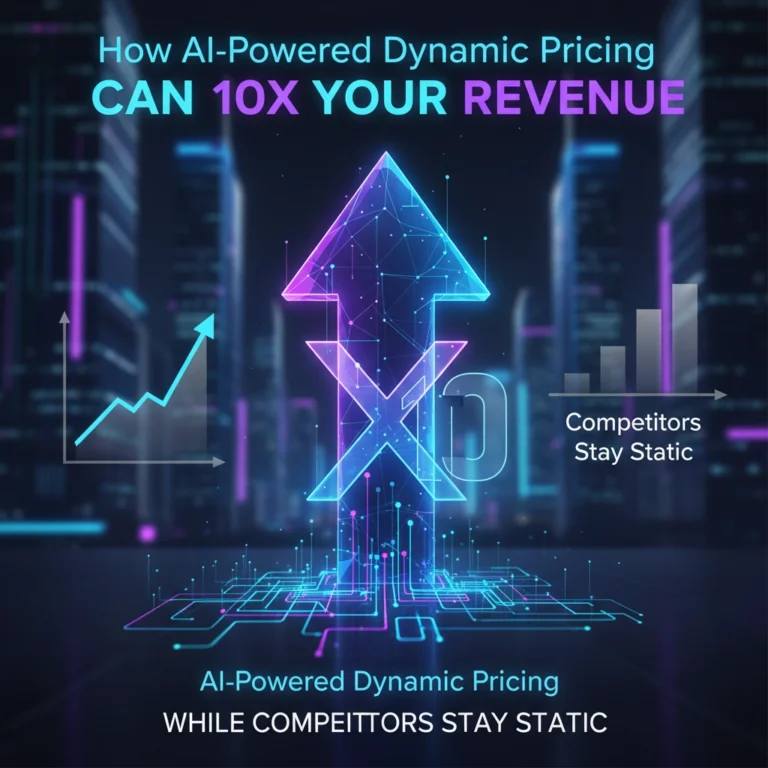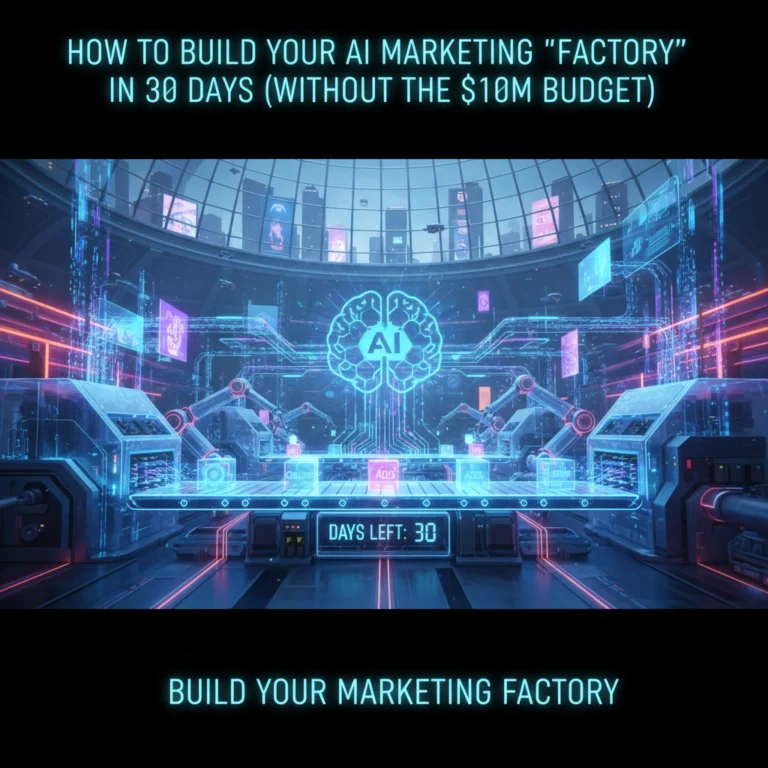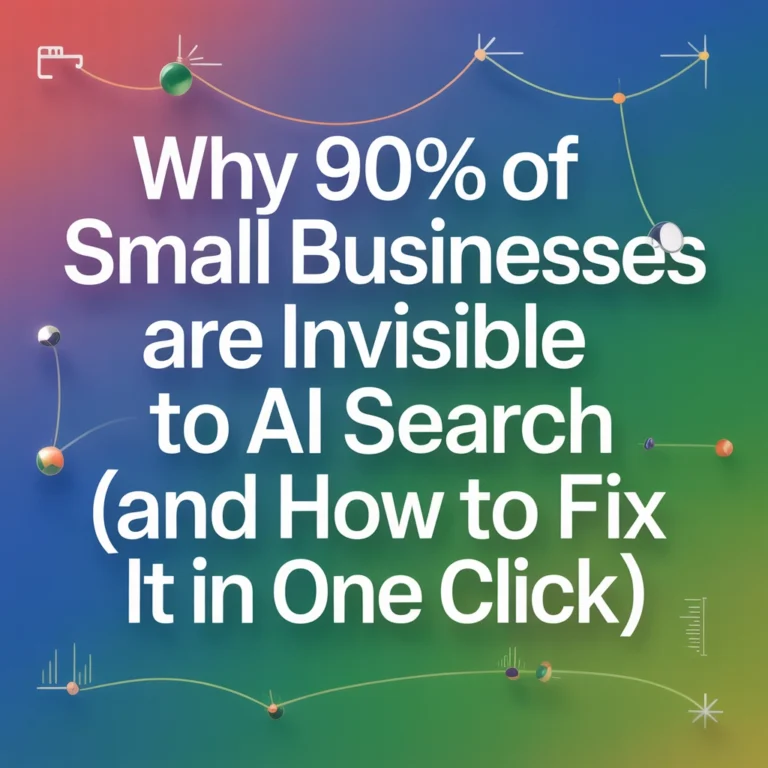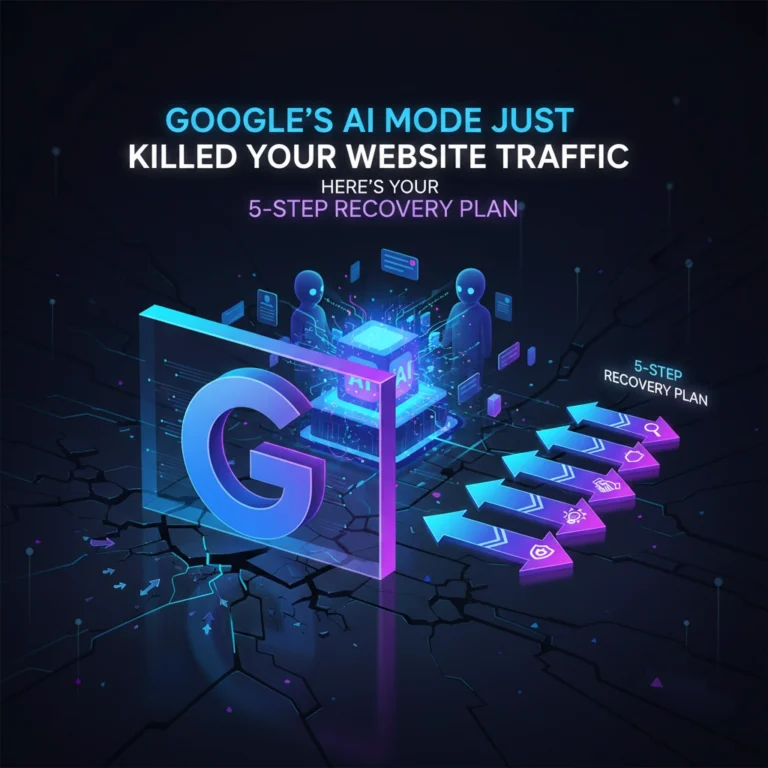AI-Powered Personalization: The Secret to Unlocking Customer Loyalty in 2025
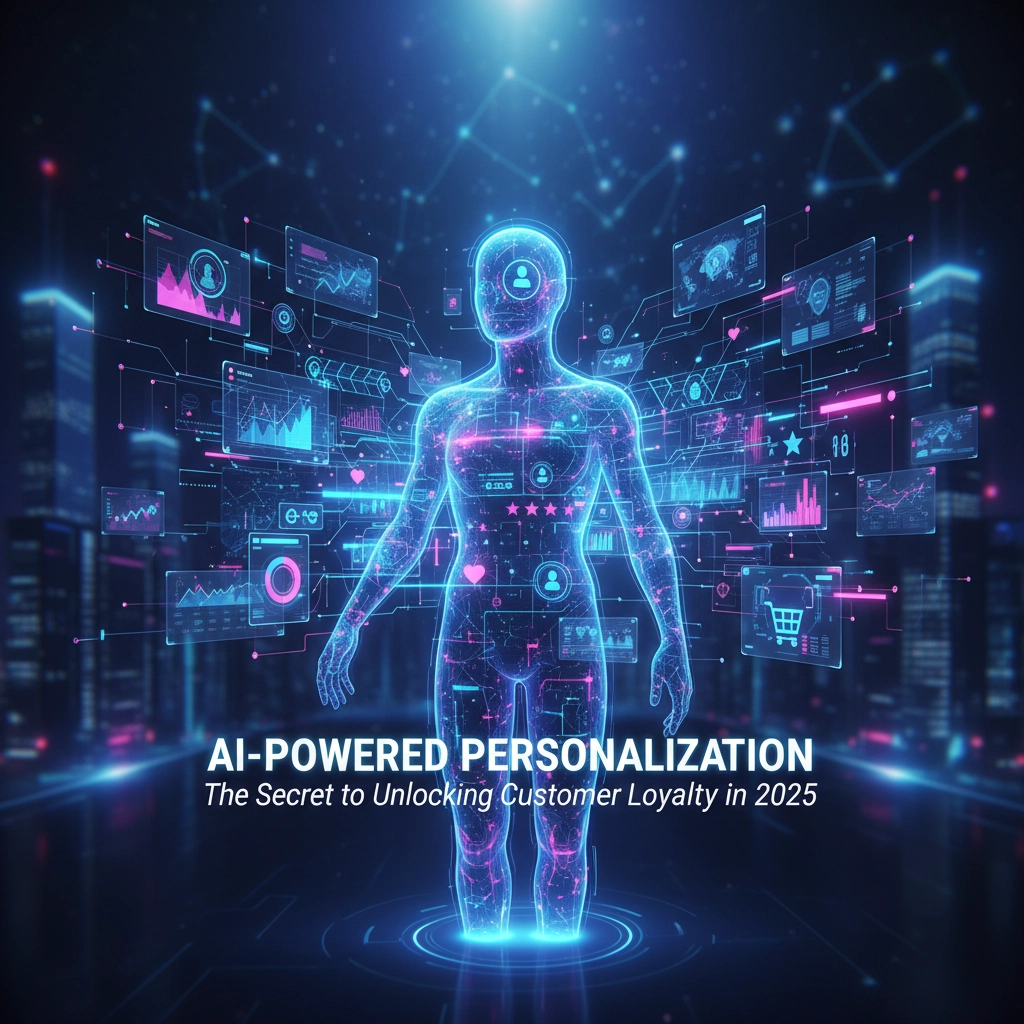
Picture this: You walk into your favorite coffee shop, and before you even reach the counter, the barista is already preparing your usual order. That's the kind of experience customers expect online in 2025: and AI-powered personalization is making it possible at scale.
Here's the reality check: 76% of customers get frustrated when interactions aren't personalized. That's not just a nice-to-have anymore: it's table stakes for staying competitive. Companies that nail AI-driven personalization are seeing 20-30% higher customer lifetime value, and frankly, they're leaving everyone else in the dust.
The Personalization Revolution Is Here (And It's Not What You Think)
Forget everything you thought you knew about customer segmentation. We're not talking about "Dear [First Name]" emails or showing different banner ads to men versus women. AI-powered personalization in 2025 is like having a personal shopping assistant for every single customer: one that never forgets a preference, never has a bad day, and gets smarter with every interaction.
The game has completely changed. Modern customers don't just want relevant experiences: they expect them. When someone lands on your website, they're not thinking "I hope this company has something for people like me." They're thinking "This better understand exactly what I need, right now."
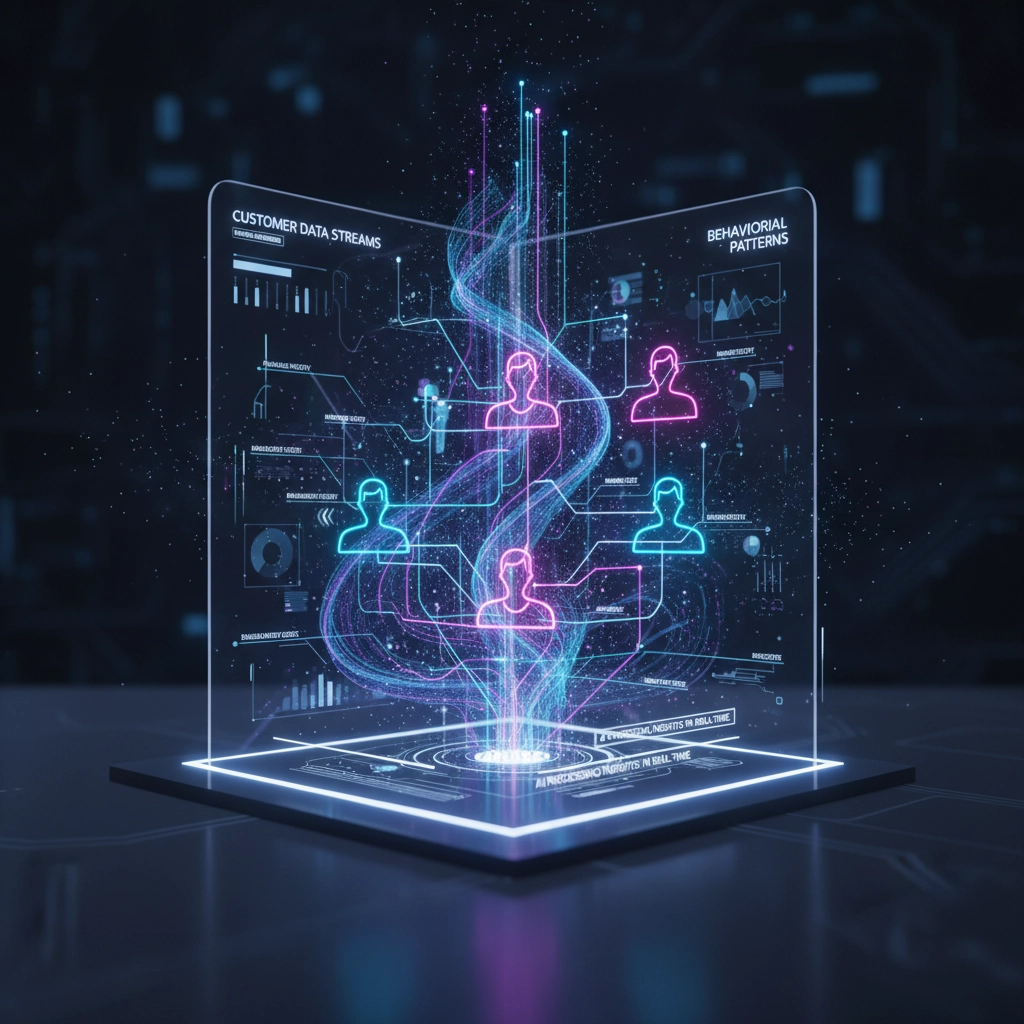
How AI Actually Reads Your Customers' Minds
Let's get into the nuts and bolts. AI personalization systems are processing insane amounts of data: browsing history, purchase patterns, time spent on pages, device preferences, location data, and even how fast someone scrolls through content. It's like having a behavioral scientist analyzing every micro-interaction in real-time.
Recommendation engines are the heavy hitters here. They're not just looking at what someone bought last month: they're analyzing patterns across millions of similar customers, seasonal trends, and even external factors like weather or local events. When Netflix suggests your next binge-watch or Amazon shows you products you didn't even know you needed, that's this technology in action.
But here's where it gets really interesting: dynamic personalization. This isn't set-it-and-forget-it. The system is constantly adjusting pricing, product placement, content, and even the website layout based on what's most likely to convert for that specific person at that exact moment.
Think about it: someone browsing on their phone during lunch break gets a completely different experience than someone comparison-shopping on their laptop at 11 PM. The AI knows this and adapts accordingly.
The Loyalty Connection That Actually Moves the Needle
Here's what most businesses miss: personalization doesn't just increase sales: it builds genuine emotional connections. When customers feel like a brand "gets them," something powerful happens in their brain. They stop seeing the company as just another vendor and start viewing them as a trusted advisor.
The behavioral data backs this up. Customers who experience consistent personalization show stronger attachment patterns and make repeat purchases at significantly higher rates. They're also way more likely to recommend the brand to others, turning satisfied customers into active advocates.

But there's a psychological element that's even more important: reduced cognitive load. Shopping online can be overwhelming. When AI does the heavy lifting of filtering through thousands of options to show customers exactly what they're most likely to want, it removes friction from their decision-making process. Less friction equals happier customers, and happier customers stick around longer.
The Business Case That'll Make Your CFO Happy
Let's talk numbers because that's what really matters. Companies implementing AI-powered personalization are seeing 20% more revenue from their marketing campaigns compared to generic approaches. But that's just the beginning.
The real goldmine is in customer lifetime value. When you nail personalization, customers don't just buy more: they buy more frequently and stick around longer. We're seeing retention rates improve by 25-30% in some industries, and that compounds over time in ways that make accountants very happy.
Here's a concrete example: An e-commerce client of ours implemented AI-powered product recommendations across their site. Within six months, they saw:
- 35% increase in average order value
- 42% improvement in email click-through rates
- 28% reduction in customer acquisition costs
- 50% increase in repeat purchase rate
The ROI math is pretty simple when you break it down. Better personalization means higher conversion rates, which means you need fewer website visitors to hit your sales targets, which means your marketing budget goes further.

Your Roadmap to Implementation (Without Breaking the Bank)
The beauty of AI personalization in 2025 is that you don't need a team of data scientists to get started. Modern platforms have made this technology accessible to businesses of all sizes.
Start with your email marketing. It's the lowest-hanging fruit and provides immediate results. Use behavioral data to segment your audience and send targeted content based on their interests and purchase history. You should see improvements in open rates and clicks within the first few campaigns.
Next, tackle your website experience. Implement recommendation widgets on your product pages and homepage. Show "customers like you also bought" suggestions and personalized content based on browsing behavior. This is where AI development services can really accelerate your timeline.
Then scale to omnichannel. The magic happens when personalization extends across all touchpoints: website, email, social media, customer service, even in-store experiences for retail businesses. This requires more sophisticated integration, but the payoff in customer loyalty is exponential.
The Competitive Moat You're Building
Here's the strategic insight most businesses miss: AI-powered personalization isn't just about improving customer experience: it's about building a defensive moat around your business.
Every interaction teaches your AI system something new about your customers. Every purchase, every click, every abandoned cart adds to your competitive advantage. The longer you're collecting this data and refining your personalization engine, the harder it becomes for competitors to match your customer understanding.

Think about Amazon's recommendation engine. It's taken them decades to build that level of sophistication, and it's one of their biggest competitive advantages. Newer e-commerce sites can't just flip a switch and match that capability overnight.
The businesses that start building these systems now will have insurmountable advantages in 2-3 years. The ones that wait will find themselves playing perpetual catch-up.
What 2025 and Beyond Looks Like
We're moving toward a future where personalization becomes invisible: so seamless and intuitive that customers don't even notice it's happening. The AI will anticipate needs before they're expressed, suggest solutions before problems arise, and create experiences so tailored they feel almost magical.
Voice commerce, augmented reality shopping, and IoT integration will create even more touchpoints for personalization. Imagine your smart home knowing you're running low on coffee and automatically suggesting your favorite blend, or your car's navigation system recommending restaurants based on your dietary preferences and past dining history.
The businesses that master AI-powered personalization today aren't just improving their current operations: they're positioning themselves for the next wave of customer experience innovation. And in a world where customer acquisition costs keep rising and attention spans keep shrinking, that kind of competitive advantage isn't just valuable: it's essential for survival.
The question isn't whether you should implement AI-powered personalization. The question is whether you can afford not to. Your customers are already experiencing it elsewhere, and their expectations are only getting higher. The companies that meet those expectations will thrive. The ones that don't will become irrelevant.
Time to get personal with your customers( at scale.)

